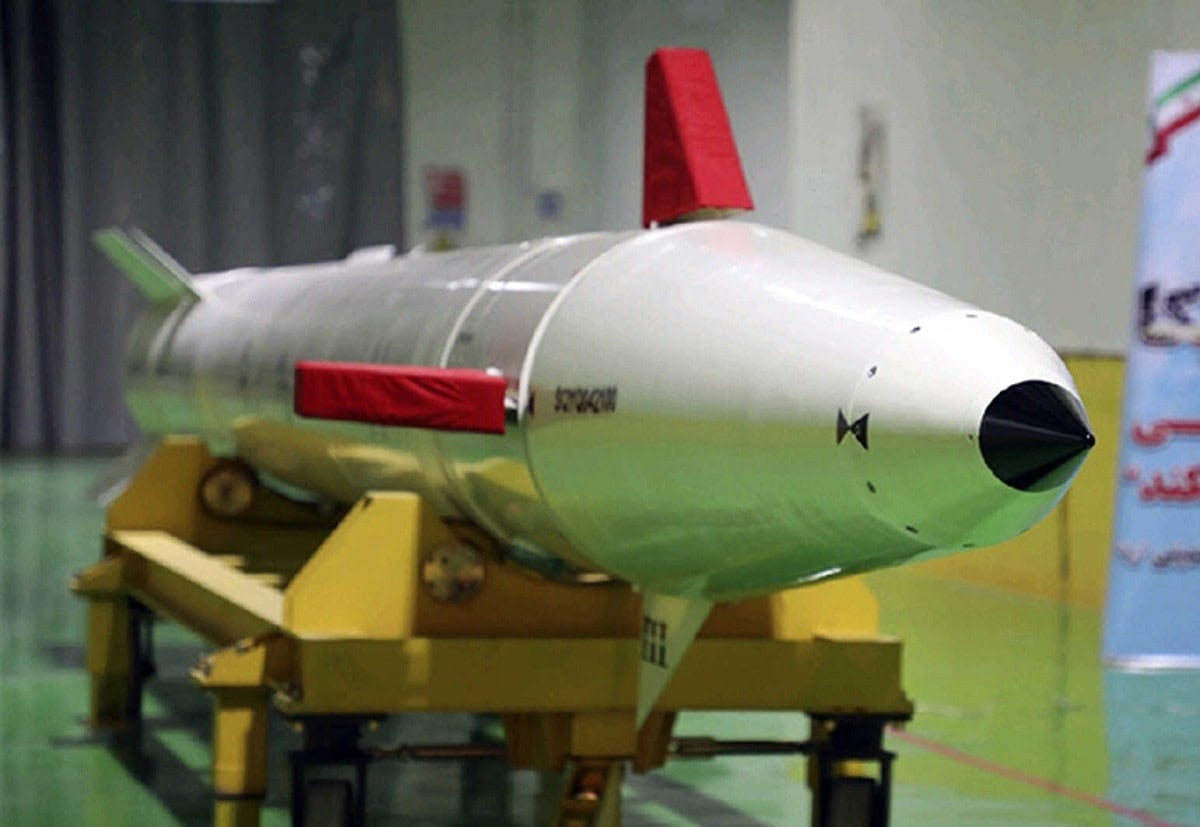Following the tragic events in Israel and the discussion about the extent of Iranian material and intelligence support to the Hamas terrorists, it is important to highlight Tehran’s role in the Ukrainian conflict.
Once the war started going south for the Russian forces, the Kremlin reached out to Iran for help. Since then, Tehran has been probably the most consequential partner in the Kremlin’s war in Ukraine.
The Iran Factor in the War
In a recent estimate of the war, the British Military Intelligence assessed that “Russia’s partnership with Iran has strengthened in recent years, almost certainly accelerated by Russia’s invasion of Ukraine.”
The international isolation that came with the invasion of Ukraine forced Moscow to look for partners from a rather unenviable list to gain military, diplomatic, and economic support.
“Russia’s engagement with Iran through multinational forums will almost certainly increase following Iran’s recent admission into the Shanghai Cooperation Organization, and its invitation to join the economic BRICS forum. Iran recently claimed that Russia had invested USD $2.76bn into Iran in 2022-23. Economic ties are highly likely to deepen as Russia seeks to mitigate sanctions,” the British Military Intelligence added.
But Tehran has provided important military support as well.
Shahed-136 Suicide Drones
Iran’s contribution to the Russian war effort in Ukraine could be summarized in just one word—Shahed-136.
The unmanned loitering munition has been the most infamous of the suicide drones Iran has sent to Russia to assist its forces in the conflict.
Moscow has launched hundreds of Shahed-136 suicide drones against Ukrainian urban centers and critical infrastructure as part of its long-range fires campaign intended to bring the Ukrainians to the negotiating table by freezing them.
Despite its relatively small size, the Shahed-136 packs quite a strong punch with a warhead of almost 90 pounds. That is roughly the equivalent of three M-777 155mm artillery rounds that the Ukrainians are using against the Russian forces.
The Islamic Revolutionary Guard Corps (IRGC), which has been designated by the State Department as a terrorist organization, sent trainers to Russia to teach Moscow’s forces how to use suicide drones. But besides sending drones to Russia, Iran now has an agreement with the Kremlin to provide the technological expertise to create an independent production line in Russia.
“Iranian military aid to Russia’s campaign in Ukraine has included hundreds of one-way attack uncrewed aerial vehicles (OWA UAV) and artillery munitions. Iranian OWA UAVs have been a core element of Russia’s campaign of long-range strikes into Ukraine,” the British Military Intelligence stated.
“This arrangement has now been extended to include assembling and production of these UAVs, under licence, in a facility in Russia,” the British Military Intelligence added.
Russian President Vladimir Putin’s “special military operation” in Ukraine hasn’t gone as he planned. As a result, he has had to reach out and form partnerships with the “untouchables” of the international system, including Iran, Syria, and North Korea. As the war continues to drag on, Moscow will likely have to extend any agreements with these countries.
A 19FortyFive Defense and National Security Columnist, Stavros Atlamazoglou is a seasoned defense journalist specializing in special operations and a Hellenic Army veteran (national service with the 575th Marine Battalion and Army HQ). He holds a BA from the Johns Hopkins University, an MA from the Johns Hopkins’ School of Advanced International Studies (SAIS), and is pursuing a J.D. at Boston College Law School. His work has been featured in Business Insider, Sandboxx, and SOFREP.

